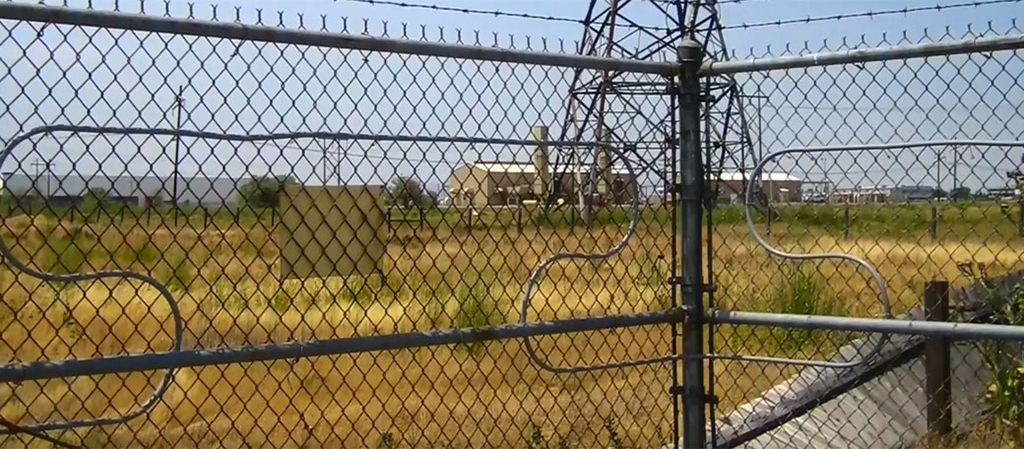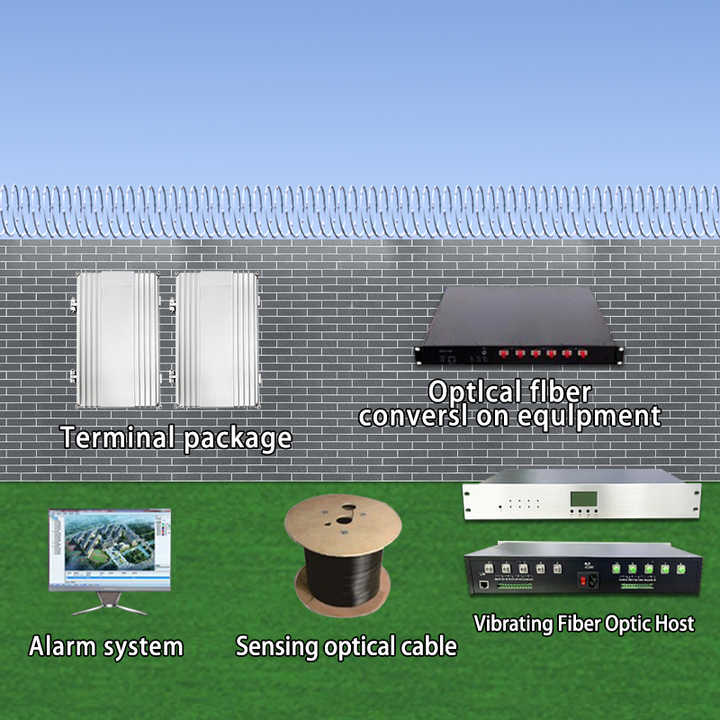Why Fiber Optic Safety And Security Equipments Are the Future of Security
The change to fiber optic safety and security systems marks a considerable advancement in the world of defense, driven by their phenomenal information transmission capacities and durability to external disturbances. These systems not just promote faster and more reputable interaction but also offer an affordable remedy with reduced upkeep demands. As the landscape of safety and security evolves along with emerging modern technologies such as AI and IoT, the potential for optical fiber to enhance and redefine protection frameworks ends up being significantly obvious. The ramifications of these developments elevate critical inquiries about the future of safety steps and their efficiency in an ever-changing environment.
Benefits of Fiber Optic Solutions
One of the key benefits of fiber optic systems is their remarkable data transfer capability, which assists in the transmission of huge volumes of data over cross countries without significant loss. This particular is especially useful for protection applications that require the continual monitoring and transfer of high-def video feeds, sensor information, and other important info. Optical fiber can suit the growing demands of contemporary protection systems, making sure that data stays undamaged and dependable.
In addition, fiber optic cables are much less susceptible to electro-magnetic disturbance, which can be a significant problem in environments with numerous digital devices. This resistance improves the integrity of the data being transferred, therefore reducing the threat of information violations or system failures. Fiber optic systems are inherently a lot more safe than traditional copper cables, as touching right into a fiber optic line without discovery is exceptionally hard.
The durability of fiber optic cable televisions likewise adds to their charm. They are immune to environmental variables such as wetness and temperature changes, reducing maintenance costs and increasing system durability. On the whole, these advantages placement fiber optic systems as a durable and efficient choice for modern-day safety frameworks, making sure trustworthy and safe and secure information transmission.
Enhanced Data Transmission Speed

The ability to send substantial amounts of data swiftly promotes the seamless assimilation of high-def video feeds and advanced analytics. Safety systems can now process and analyze information in real-time, boosting feedback times and situational awareness. Additionally, fiber optic connections sustain longer transmission distances without destruction of signal high quality, making them ideal for extensive protection networks.
The raised speed of fiber optic systems not only improves the effectiveness of security procedures yet also lowers latency. This is particularly important in essential circumstances where prompt decision-making can avoid security violations or alleviate possible risks. As companies proceed to prioritize safety and efficiency, the demand for quick and trustworthy information transmission will most certainly strengthen fiber optic systems as a keystone of modern-day safety framework.
Resistance to Disturbance
Fiber optic safety and security systems constantly demonstrate extraordinary resistance to electro-magnetic disturbance, an important benefit in settings susceptible to electronic noise. Unlike typical copper wires, which can be negatively Website affected by electromagnetic fields, superhigh frequency disturbance, and other forms of electrical disruption, fiber optic wires utilize light to send information. This fundamental property ensures that the signals remain clear and unchanged, despite bordering electronic task.
The usage of glass or plastic fibers in fiber optic innovation produces an obstacle against disturbance, enabling for reputable data transmission even in difficult scenarios such as commercial facilities, urban areas with high digital web traffic, or areas near radio towers. This particular significantly lowers the probability of signal destruction or loss, making fiber optic systems particularly suitable for safety applications where honesty and precision of information are critical.
Moreover, this resistance to disturbance improves the total performance and dependability of safety systems, making certain that tracking and sharp systems function informative post perfectly. In a globe where protection is progressively endangered by innovative innovations, the durability of fiber optic systems stands apart as a critical function, strengthening their status as an important part of modern-day protection framework.
Cost-Effectiveness With Time
Considerable cost savings can be attained gradually with the execution of fiber optic security systems. While the preliminary investment might seem higher compared to traditional copper-based systems, the long-term economic advantages emerge via reduced functional and maintenance costs (fiber security). Fiber optic cables are inherently a lot more durable and less at risk to environmental aspects, which converts to lower replacement and repair work expenses over their life-span
Moreover, fiber optic systems require less power to run, which additionally lowers power expenses. Boosted information transmission capacities enable less repeaters and amplifiers, lessening devices financial investment and streamlining setup procedures. The scalability of these systems also adds to cost-effectiveness, as organizations can broaden their safety facilities without sustaining considerable additional expenses.
Another factor to consider is the raised efficiency in tracking and action abilities that optical fiber give. Enhanced real-time information transmission can bring about quicker incident feedback times, potentially mitigating losses and responsibilities related to safety violations. In amount, the long-lasting benefits of fiber optic safety and security systems not just justify the preliminary expense but also place them as an economically sensible choice for companies seeking durable security services.

Future Developments in Safety And Security
Progressing modern technologies are readied to change safety and security systems, integrating man-made intelligence (AI) and artificial intelligence to boost threat detection and feedback capabilities. These advancements will certainly permit security systems to assess substantial amounts of information in real-time, identifying patterns and abnormalities that suggest potential risks. This positive method will enable faster decision-making and much more efficient event reactions.
Additionally, the unification of the Internet of Things (IoT) is paving the means for interconnected safety and security gadgets, using thorough surveillance and surveillance. Smart sensors can relay info regarding ecological modifications, while automated notifies can inform security employees immediately of questionable tasks.
Moreover, the advancement of biometric technologies will certainly additionally reinforce safety mechanisms. Face acknowledgment, finger print scanning, and retina identification are ending up being a lot more innovative, supplying layers of verification that are hard to bypass.
Conclusion
Finally, fiber optic security systems represent a significant advancement check my source in security technology, offering unrivaled information transmission rate, resistance to electromagnetic interference, and long-term cost-effectiveness. As the demand for advanced safety and security remedies proceeds to grow, the integration of optical fiber with emerging innovations such as AI, IoT, and biometrics will certainly further enhance safety infrastructures (fiber security). The combination of these innovations will make certain a much more safe and responsive environment, solidifying fiber optics as a keystone of future safety systems